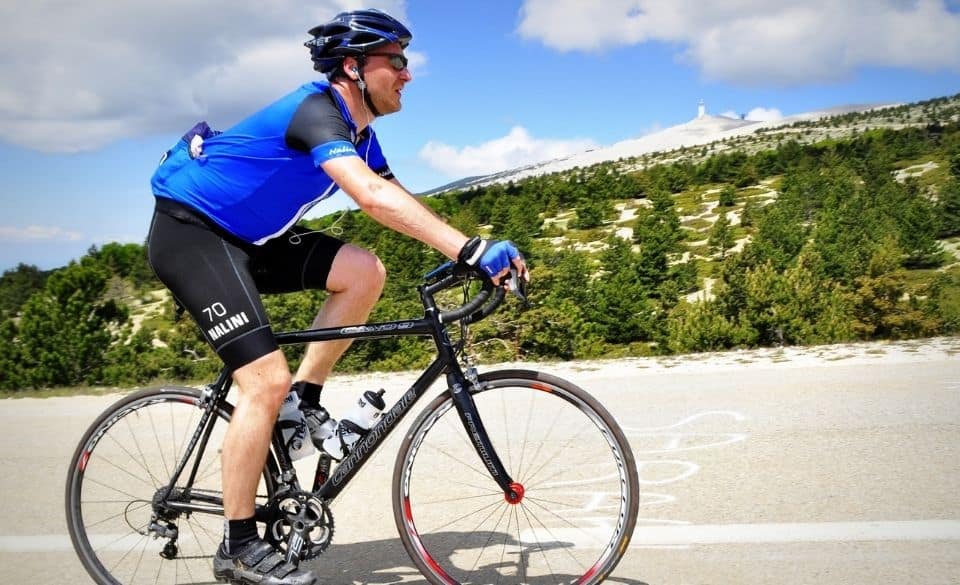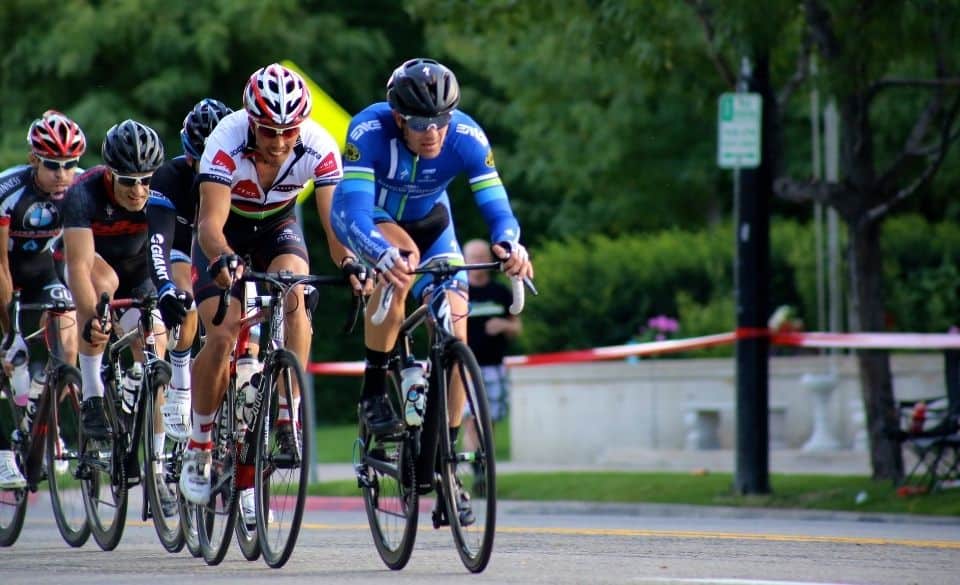
Cycling With No Power in Your Legs – What Does it Mean? UPDATED 2021
Page Contents
Cycling with no power in your legs is a demoralizing experience. One week you’re producing your best numbers, while the next week you can barely reach the prescribed power. Believe it or not, this is fairly common, and many people cyclists have days like this.
Luckily there is nothing major to worry about. The lack of power is a sign that your either fatigued or not including enough recovery in your training. Either way, let’s look at the main reasons and what we can do to combat this.
Cycling With No Power in Your Legs – What it Means?
Unfortunately as a cyclist, it is all too common to feel like you are cycling with no power in the legs. Usually, a rider experiences this a few times each month, where you may feel energy levels are normal, but the power isn’t there like previous workouts.
Knowing this, the can be a couple of reasons why you can’t produce power to the pedals.
Firstly, the most common reason for this is recovery. You are most likely spending too much time in the saddle without enough recovery. While you may think you have enough planned during the weeks, you may have forgotten about accumulative fatigue. Accumulative fatigue is built up over periods of weeks or even months and can slowly wear you down.
Rest days and recovery weeks allow the body to absorb the work you have done and enable the body to restore and repair itself.
The lack of power in your cycling legs can also be related to stress.
Stress is one of the most common causes for the decline in training, even though the body might feel good.
Stress weighs you down and takes energy from the body, making it harder to generate power, let alone ride.
During times of high stress, it is important not to add more by forcing the body through a hard workout. Instead, try backing off the training by taking some time off the bike. Alternatively, you can replace the sessions with a recovery ride instead.
Once life is less stressful, you can return to structured training, and your power levels will return to normal.
If stress or lack of recovery isn’t a factor, the feeling of no power in your legs may be from over-training. So first, we must understand the warning signs of overtraining and if this is affecting you:
– Decrease in quality of sleep or a change in your regular sleeping pattern.
– Signs of sickness or colds.
– Performance Plateau. Not seeing any improvement from training.
– Signs of aggressiveness or increased irritability.
– The inability to raise the heart rate.
– Decline in power numbers
To summarize things, overtraining and stress are the two main reasons – why you’re cycling with no power. So ease back your training and allow the body to rest.

Cycling Legs Tired Before Lungs – What Should You Do?
Another factor you may experience as a cyclist is your legs getting tired before your lungs. While the legs are almost always going to fatigue first on the bike before the lungs, it could be a sign that you lack strength on the bike.
This is a common occurrence among beginner cyclists and others that have transferred from another sport.
Often runners that have transferred over to cycling lack the strength in the legs to generate power. While they may have a high V02 or aerobic fitness, the legs aren’t developed enough to handle muscle fatigue from cycling.
Focusing on your strength during the off-season (or during the season) will help your legs produce more power and decrease the time to exhaustion.
However, looking at the sessions you have done will give you a good insight into what you need to improve. For instance, are you focusing on long rides? Do you include interval training each week? Do you ride hills in your training? What about off-the-bike strength training?
Knowing what you’re missing in your training will help you understand why your legs are getting tired before your lungs.
Although training is often the cause of early leg fatigue in cycling, your position can also have an effect.
Incorrect saddle height can have a direct impact on muscle fatigue. So if you have the feeling of burning quads or localized fatigue, check your bike position. A low saddle height loads the quadriceps muscles, which can cause the muscles to fatigue much earlier in your ride. Alternatively, a high saddle height can put excess stress on the hamstrings and cause similar problems.
Either way, dial in your position and start thinking about the workouts you are doing in your training. That is the first step to preventing your legs from getting tired way before the lungs.

How to Cycle Long distances Without Getting Tired?
Like any endurance sport, increasing your endurance is vital to being able to cycle for long periods. So, Knowing this – how can you cycle long distances without getting tired? Below is some guidance to help you develop your ability to ride further.
Slowly increase the distance you ride each week. Try not to increase this dramatically as the body needs to adapt. So try to increase your long ride by no more than 20-30 minutes each week.
Include some threshold intervals. By including some threshold intervals into your training, it will help build your fitness and power. Doing so will help you sustain power during your longer rides.
Slow down the long rides. The long rides are there to build your endurance. By slowing down your long rides, you will be able to cycle for longer without getting tired.
Pace your long rides. Pacing during a long ride is vital in being able to ride for longer. A heart rate monitor or power meter can help you control the pace you need to ride to get through the distance.
Eat and drink regularly. Controlling your energy intake during long rides is vital in keeping your energy levels up. Aim for 50-70 grams of carbohydrate per hour and eat every 20-30 minutes of your ride. Doing so will help keep your energy levels stable when riding for longer distances.
Although building your long ride is the key to riding further without getting tired. The most common mistake is trying to cycle the longer distances too fast or hard. Pair this with the lack of knowledge of nutrition and pacing. You can see why beginners struggle to ride longer distances.



